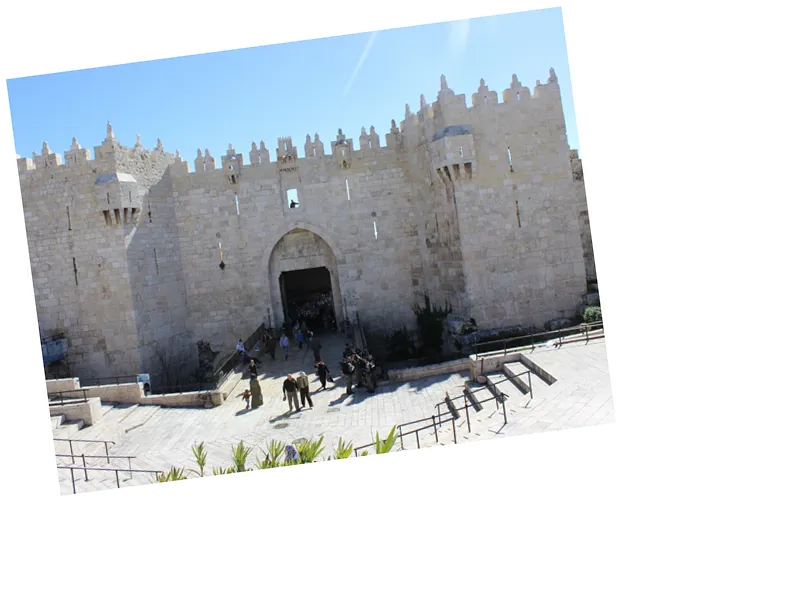In 1808 AD, a devastating fire broke out in the Church of the Holy Sepulchre in Jerusalem, igniting a series of disputes primarily among Christian sects and between Muslims and Christians. The fire, which started in the Armenian community's area, caused significant damage to the church, particularly to the main dome known as the Rotunda. This incident not only highlighted the sectarian tensions prevalent at the time but also showcased the atmosphere of tolerance that ultimately prevailed in Jerusalem, a city under Ottoman rule.
Following the fire, the Orthodox community sought permission from the Ottoman Sultan Mahmud II to restore the church. However, their efforts were met with resistance from the Armenian and Catholic communities, leading to a halt in restoration work and escalating tensions. The Janissaries, elite forces in the Ottoman army, intervened, ultimately leading to a short-lived rebellion against the local governor. Despite the turmoil, the church's restoration was completed by September 1810, and it reopened two days later, marking a return to normalcy in the city.
The reopening of the Church of the Holy Sepulchre not only restored a significant religious site but also reaffirmed the cooperative spirit between Muslims and Christians in Jerusalem. During the restoration process, local Muslim families benefited financially from their involvement in protecting Christian institutions, showcasing a unique inter-religious relationship that characterized the city. The renovations included the construction of new walls to support the damaged structures and the erection of a new dome, allowing the church to resume its vital role in the community.





